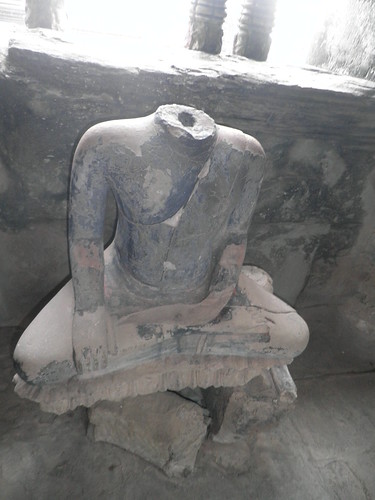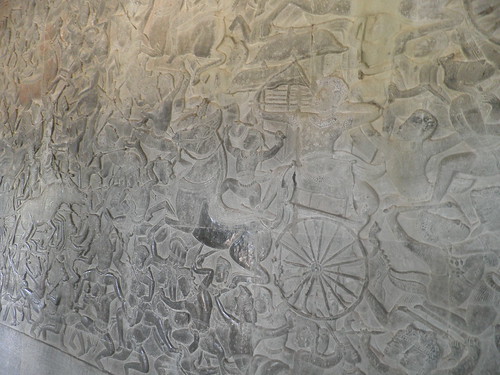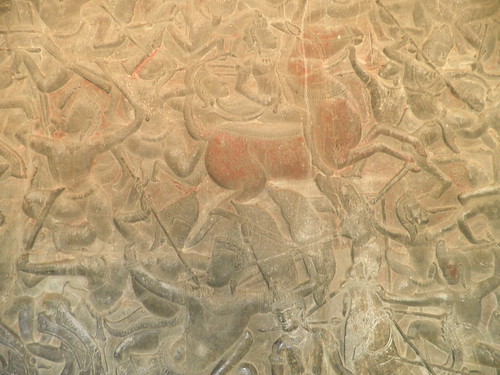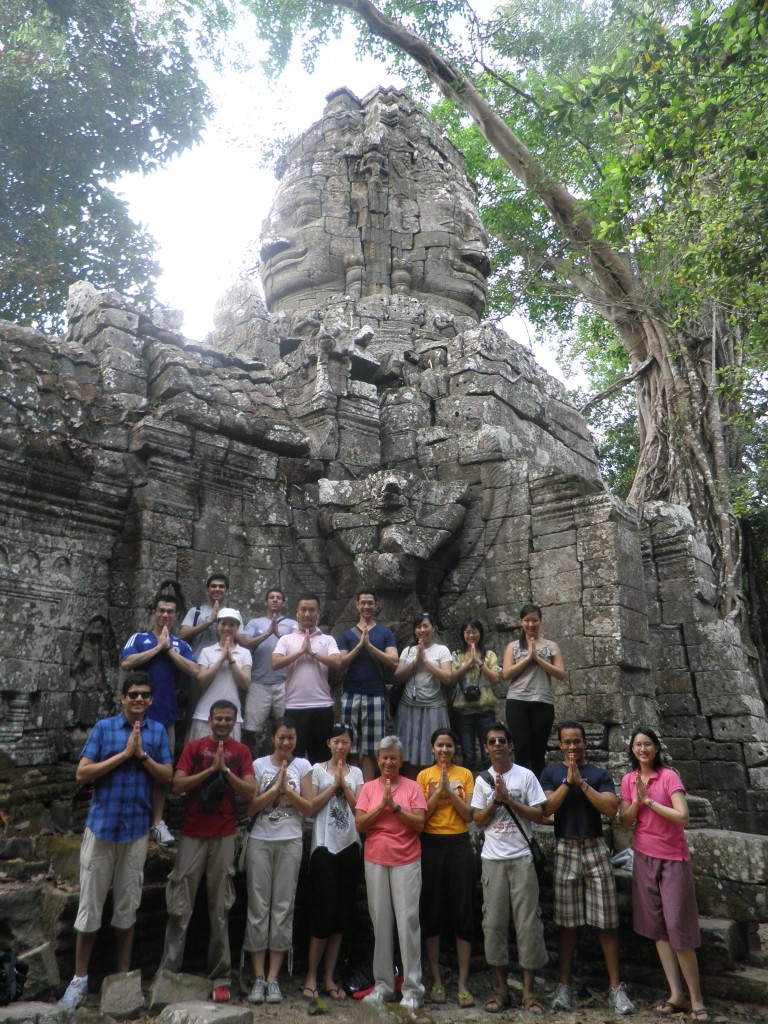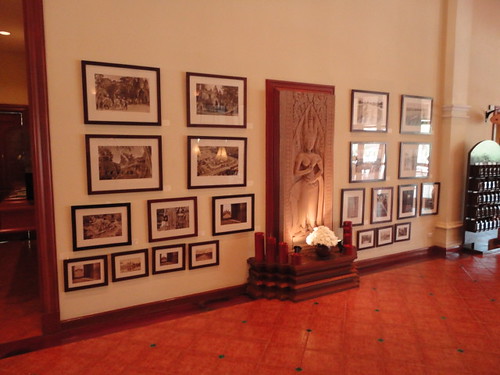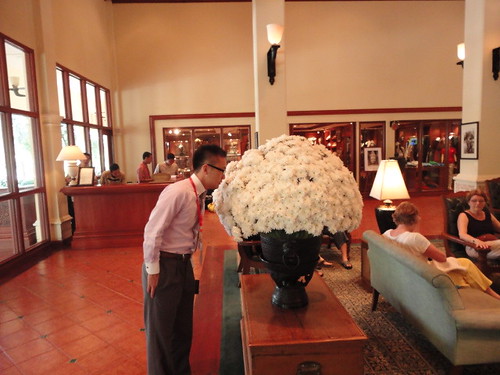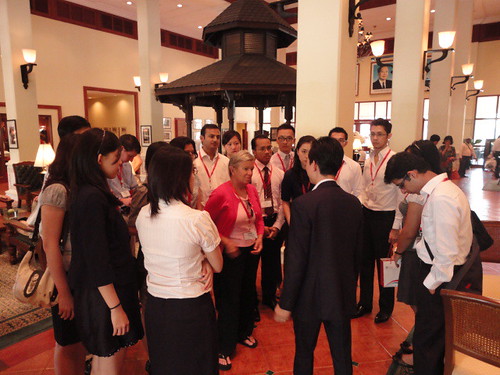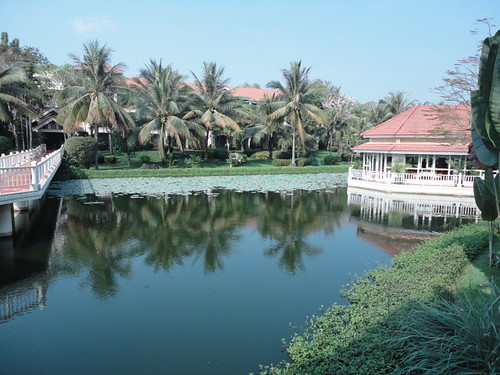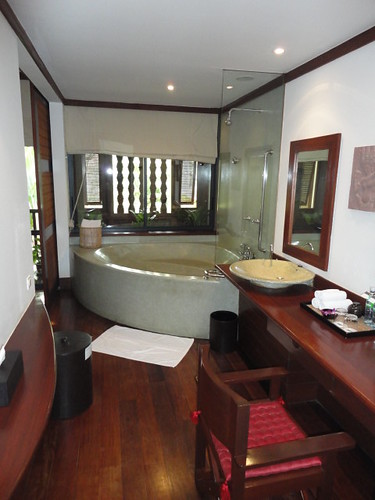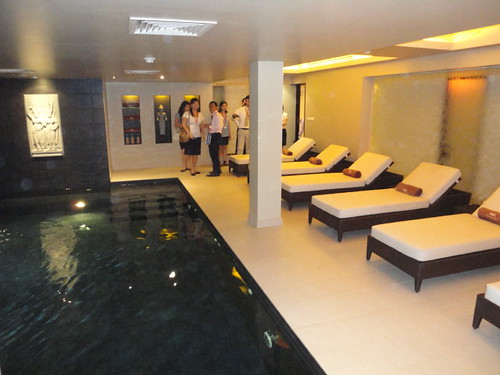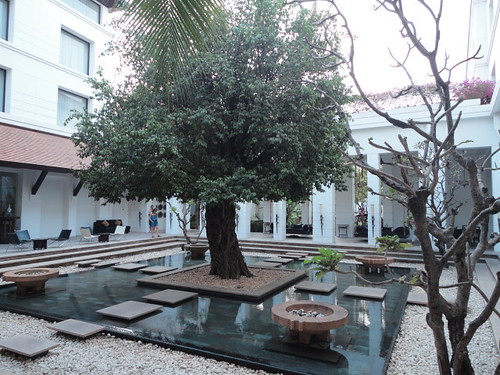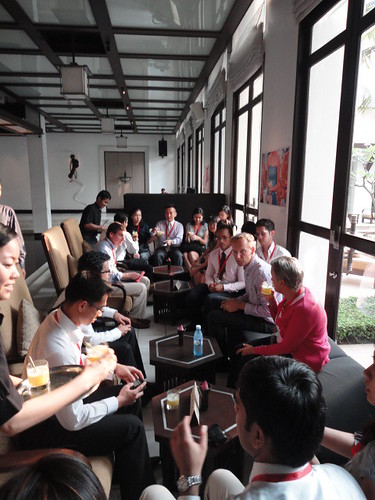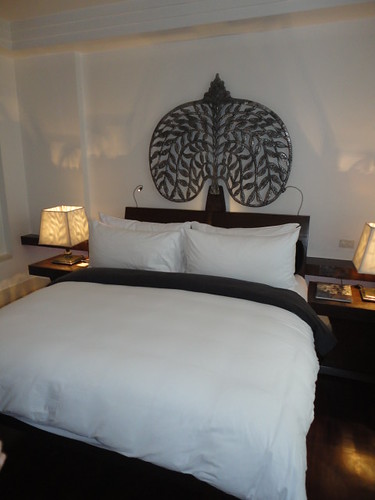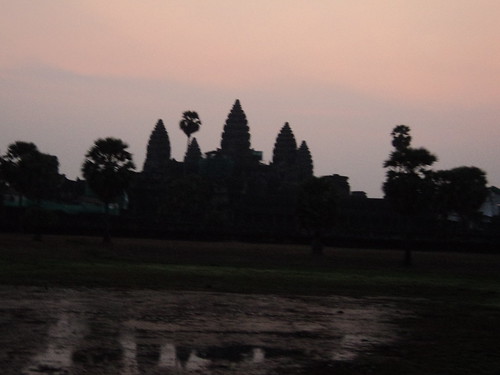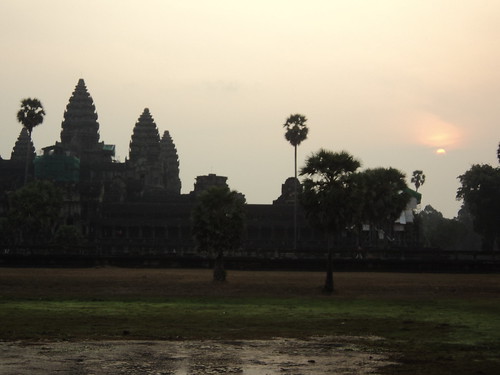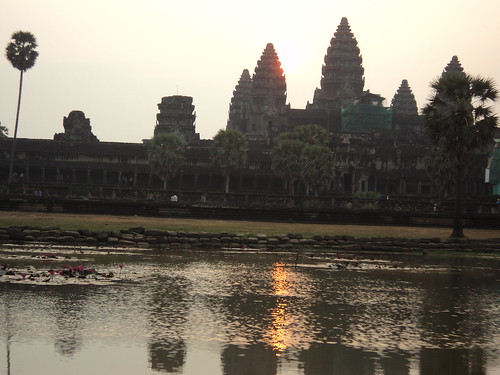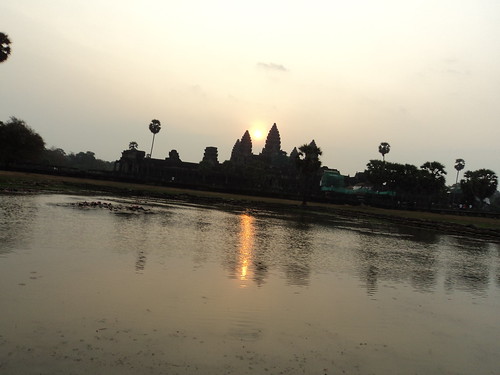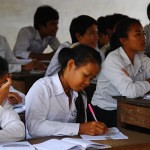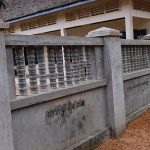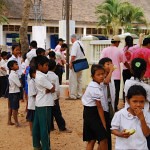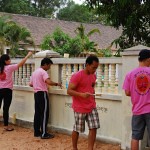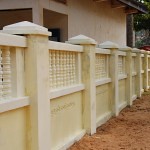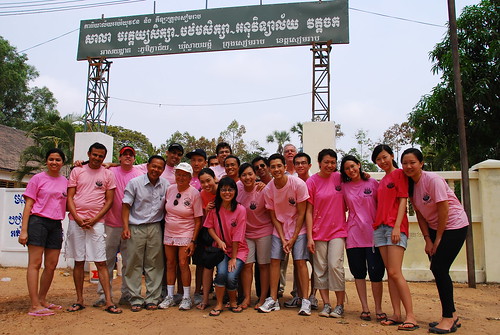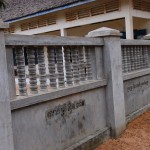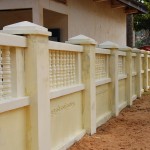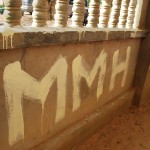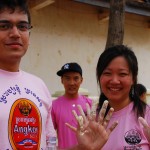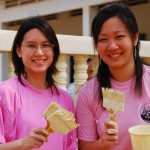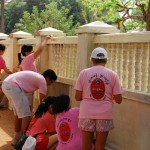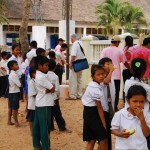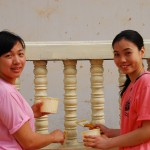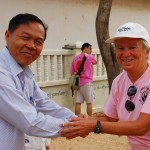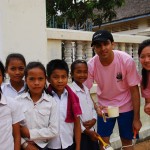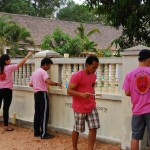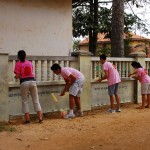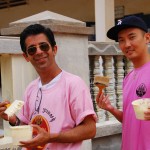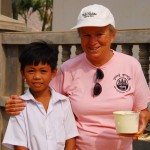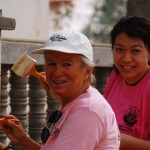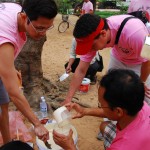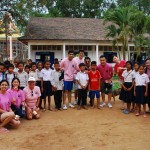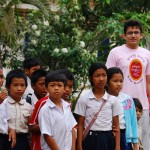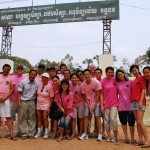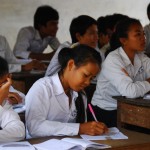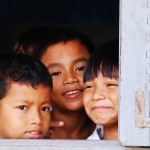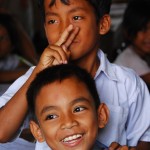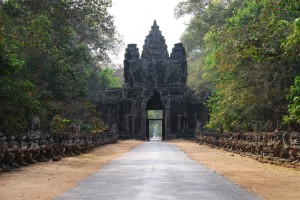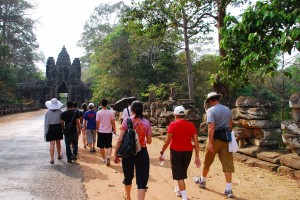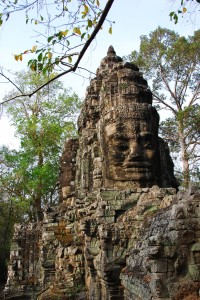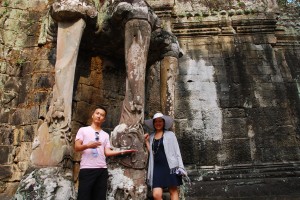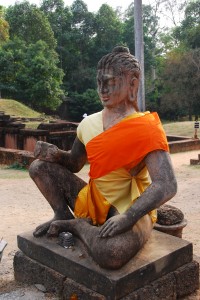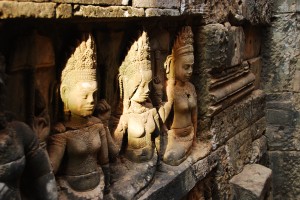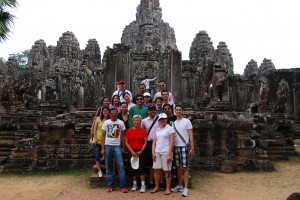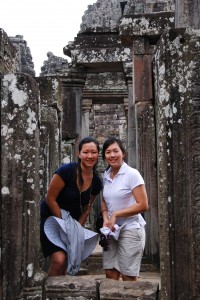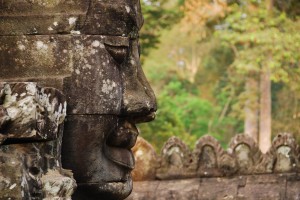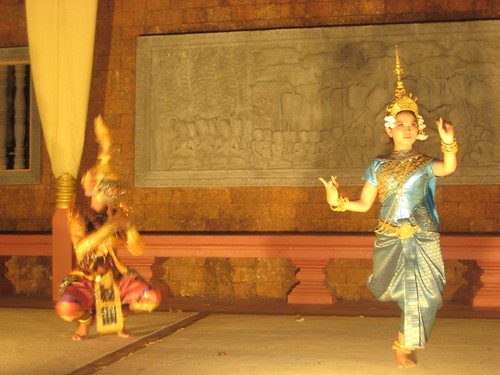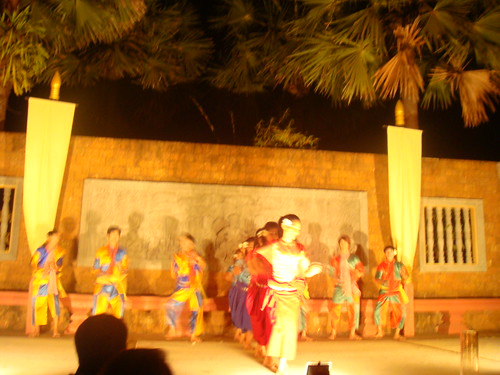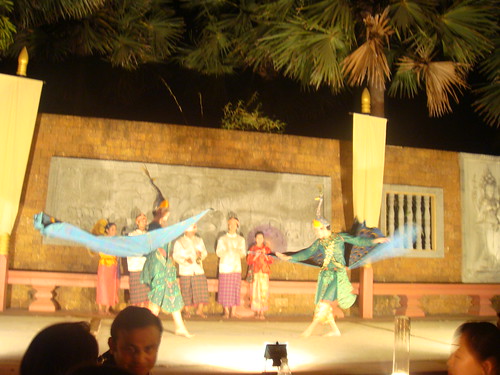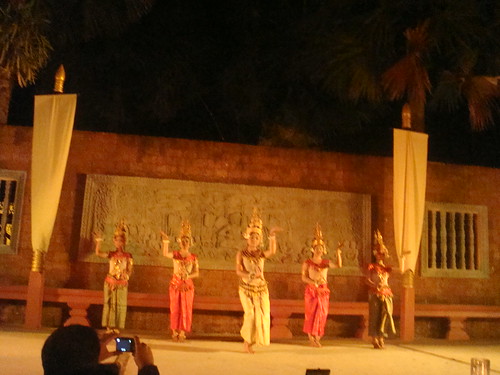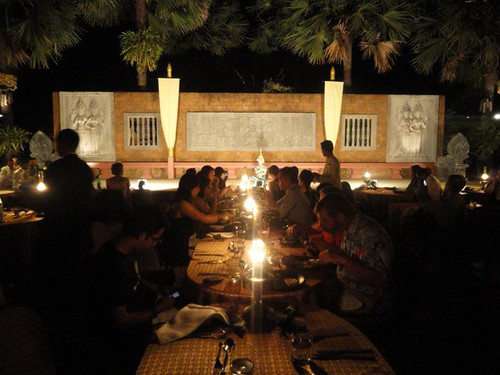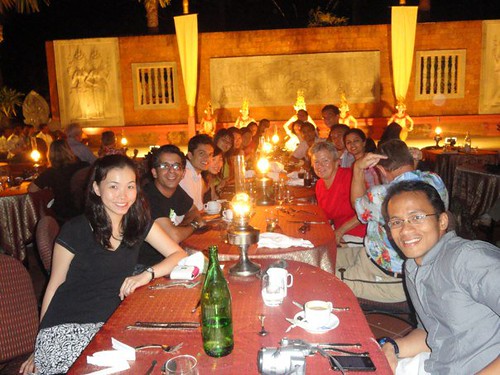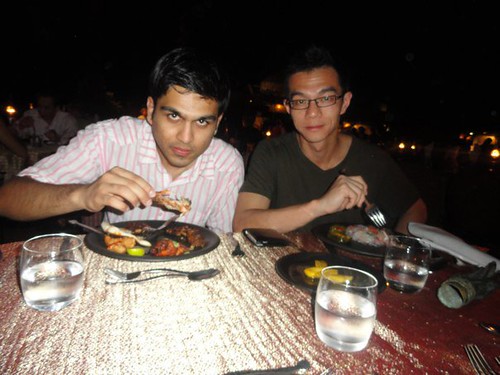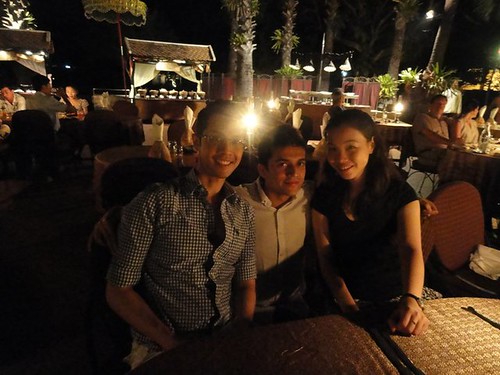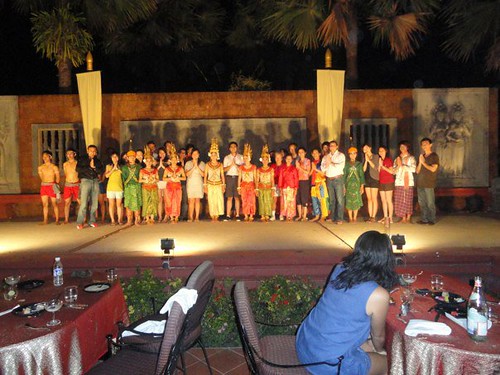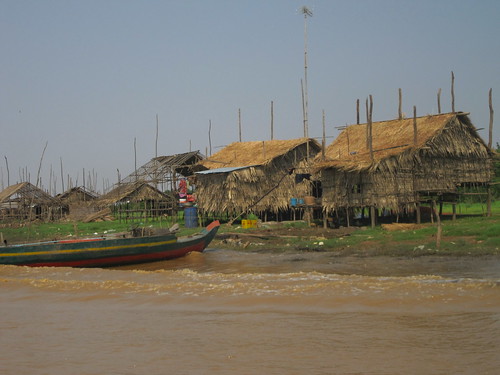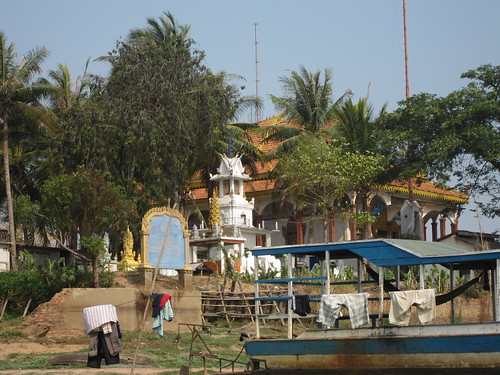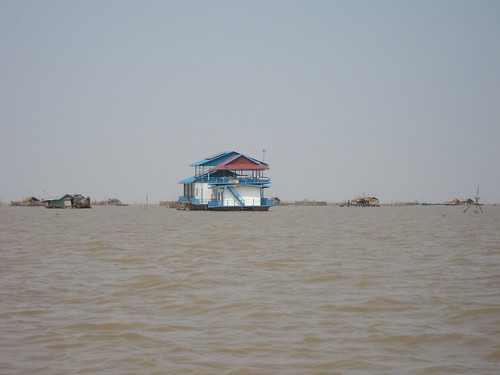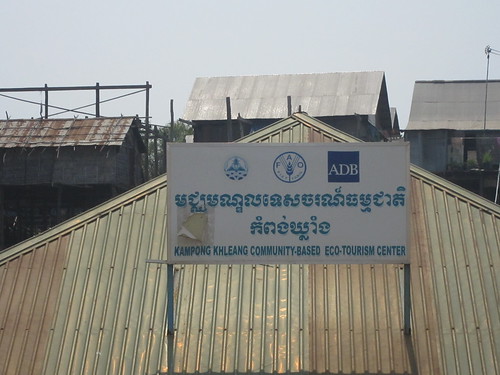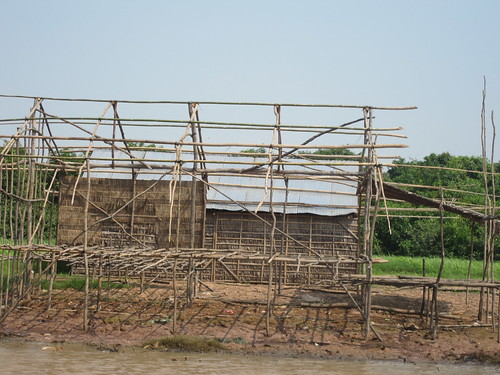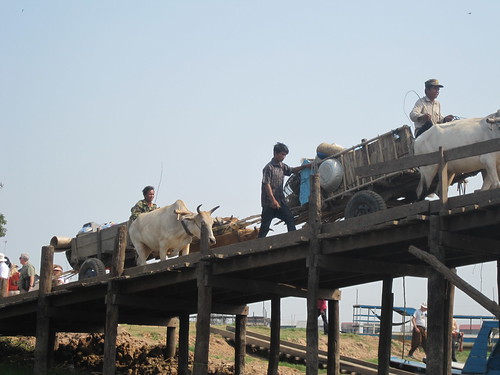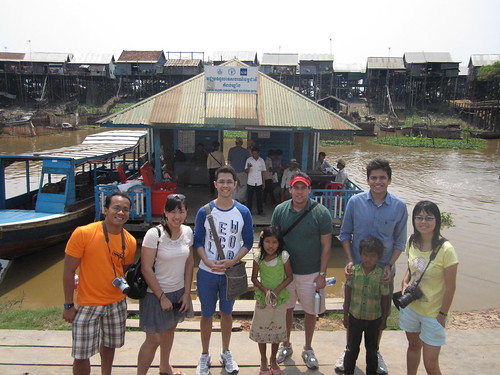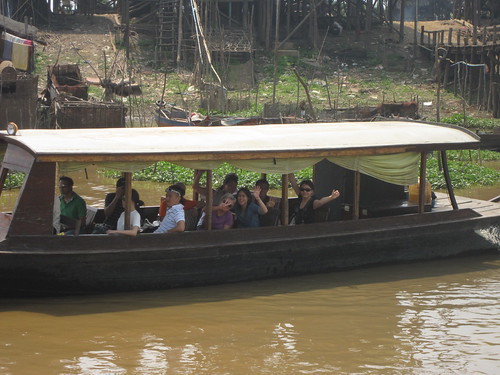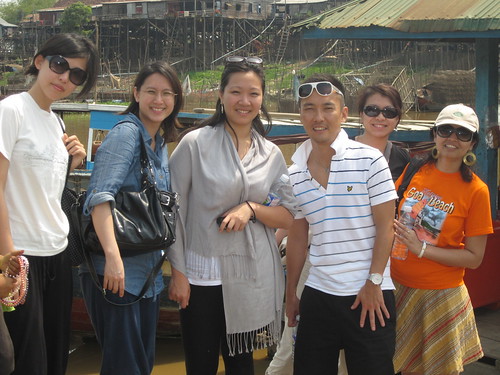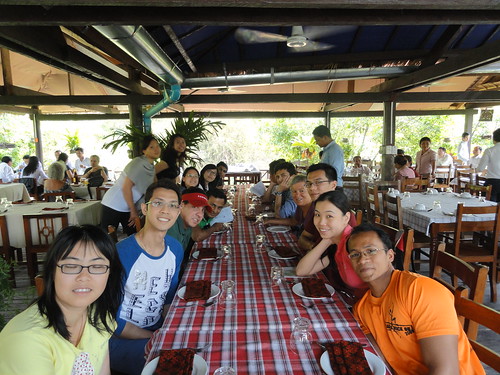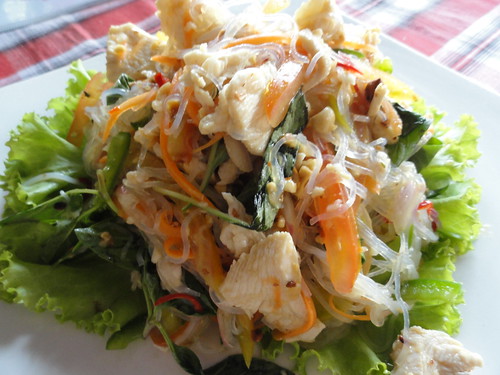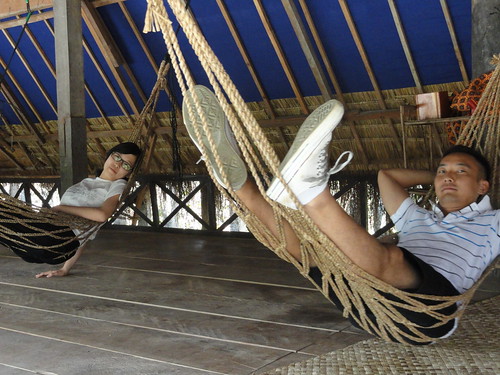GETTING READY FOR SIEM REAP!
28 February 2011 – a long awaited date and a very special day for so many of us who were looking forward to making our way to the city of Siem Reap in the Kingdom of Cambodia for our master class. It was a flurry of excitement, from buying plane tickets back when we were in Ithaca to packing for a 5-day survival trip in hot and steamy Siem Reap. More importantly, it was also a day where we would be having a reunion of sorts as a class after serving out our internships and being apart for 2 months.
The buzz was in the air, and we were all excited over who’s going to be sitting next to whom in the flight. The diligent ones in the class checked-in online early while the the rest left it to the system to assigned random seats. We were all boarding a full SilkAir flight out of Changi International Airport Terminal 2 on flight MI633, departing Singapore at 1435hrs and arriving in Siem Reap at 1545hrs. And being the hungry travellers that we were, no flight out of Changi Airport was going to be complete without us chomping away burgers at good ol’ McDonalds first!

Happy people at MacDonalds- giving new meaning to the term “Happy Meal”

Outside the boarding gates and getting ready to board!

Settling down during pre-boarding

Filling out visas and declaration forms before arrival
Two hours & five minutes, and another meal of chicken with pasta(not forgetting coffee!) later, we arrived and it’s Welcome to Siem Reap! We were, of course, given the royal treatment with an attentive immigration officer attending to our whole group. The officer collected all our passports along with our USD20 visa arrival fee, and pretty much walked us through immigration. Imagine – no queueing! After which, we were warmly welcomed by Kanya (from AboutAsia Travel), a local Cambodian who would be our guide (and nanny) for the next 5 days.

Group shot right off the tarmac

Siem Reap International with it's distinct architectural style

Welcome to Siem Reap
SETTLING IN AT THE RAFFLES GRAND HOTEL D’ ANGKOR
Less than 15 mins later, we arrived at the Raffles Grand Hotel d’Angkor and met up with Manish, Saroj and Professor Kimes who had all arrived the weekend earlier. The VIP treatment continued, with a blisfully refreshing signature welcome mocktail and an icy cold towel, as well as check-in key packets ready for all of us. We were assigned rooms on the 2nd and 3rd levels, with handwritten welcome cards as well as tropical fruit platters welcoming us as we entered our rooms; a Rafflesian welcome indeed!
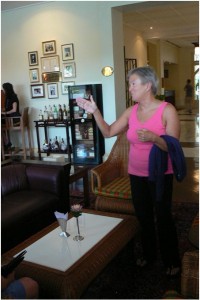
"Welcome to Raffles, class. Good to see all of you again! Yash and Tan-Chi, please behave!"

PS: They managed to get Dylan’s full name 90% correct. They had to truncate it because it's simply too long!
A tour of the Raffles was arranged and we were shown around the property by Chris, the Assistant Front Office Manager. We had the opportunity to view the Cabana Suites, Landmark Rooms, Personality Suites as well as the Uma Suite, one of the biggest suite in the hotel. The next largest suite, the Kama Suite, was unfortunately not available for viewing because it was roomed by Professor Kimes who was graciously upgraded to a larger accommodation by the hotel. Of course, we could have easily gotten our own upgrade with an additional USD 2400 per night if anyone was interested. Too bad that there were no takers…
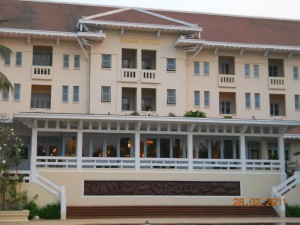
Back view of the main wing overlooking the pool

Door plaque for the Villa Uma, the largest suite in Raffles Hotel
The Uma Suite was decorated in warm wooden furnishing with classic art-deco designs and motifs. It has two bedrooms (one with a King bed and another with Twin beds) and 2 separate attached bathrooms that were easily larger than any of the rooms that some of us were staying in back in Graduate Hall in NTU. It also goes without saying that the Villa Uma comes with a butler who is available 24 hours.
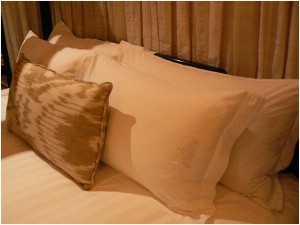
Pillow set-up in Uma Suite. Pillows, pillows and more pillows! Now, how many pillows would one need and where would one place the pillows when one doesn't need them??
The hotel tour also brought us to the Elephant Bar, a cosy bar with pool tables and smooth piped-in music. When we were there, there wasn’t too much going on but perhaps it was still too early in the evening. And we reckon no one in the group managed to sneak a try of the famed Airavata cocktail either.
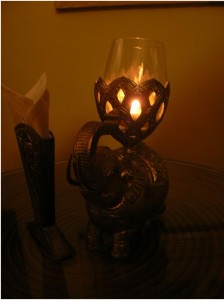
Beautiful welcome centerpiece at the Elephant Bar
FIRST NIGHT OUT IN SIEM REAP
We had our first evening free as there was a slight amendment to our itinerary (we were supposed to have our welcome dinner at the Sugar Palm Restaurant), and we were all over Pub Street – the tourist hotspot that was recommended by Andy Boot (founder of AboutAsia Travel). Everyone was out and about in Pub Street having dinner and having a first feel of Siem Reap’s night life. It was then that our smaller group had a first taste of amok – a local culinary signature. The food aficionados amongst us were trying hard to define what made Khmerr cuisine distinct, given that its cuisine has regional influences from neighbouring countries like Vietnam, Thailand and even India. To be honest – after several tries of amok, coconut soup and plenty of Sdeang Srey Cocktails later, we still could not figure out the Khmer cuisine.

Dummy's guide to the local night market
We then had a go at the night market and were very surprised by the bustling sights and sounds everywhere, easily rivalling the night markets in Bangkok!
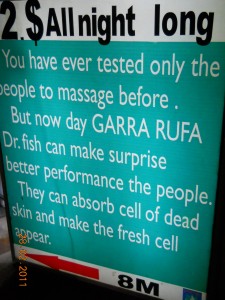
Local expertise – Dr Fish Massage
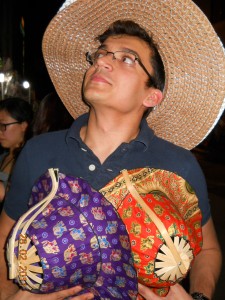
Yash covering his bits while attempting his version of the famed Zoolander Blue Steel pose
After a long day, we capped the night off with delectable desserts at the Blue Pumpkin, a local icre-cream parlour. The icre-cream treats were a reprieve given the temperature and humidity, and we were all happily sharing desserts after stuffing ourselves silly with amok earlier. Definitely a sweet way to conclude our first night in Siem Reap.
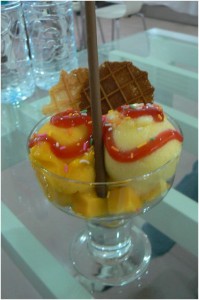
Duta’s dessert of two boules of sherbet with a chocolate stick in the middle. Interesting presentation that is so appropriate for Duta, wouldn’t you say?
~ Dylan & Duta


















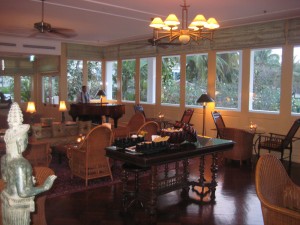
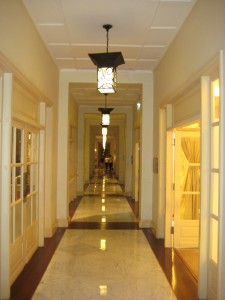
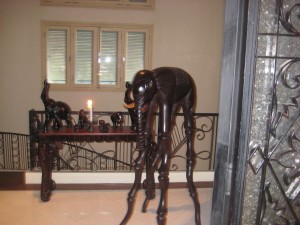
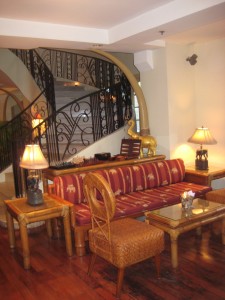
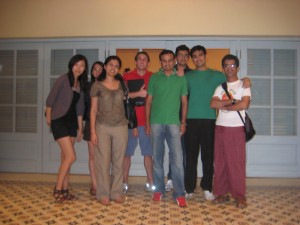
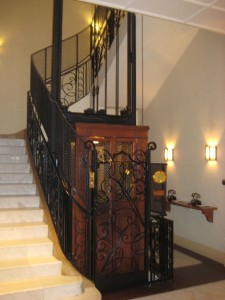
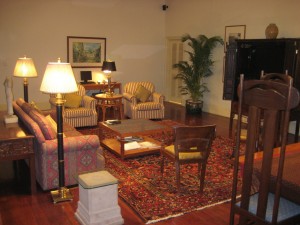
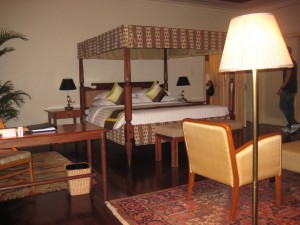
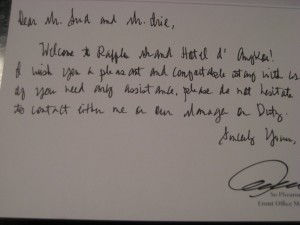
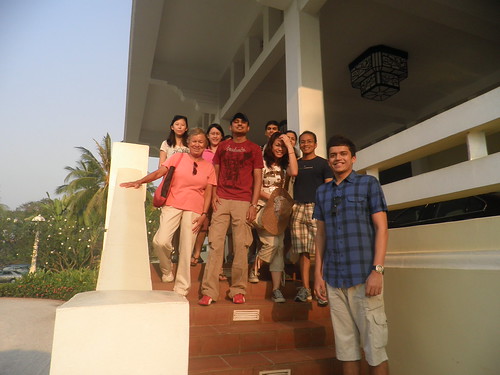


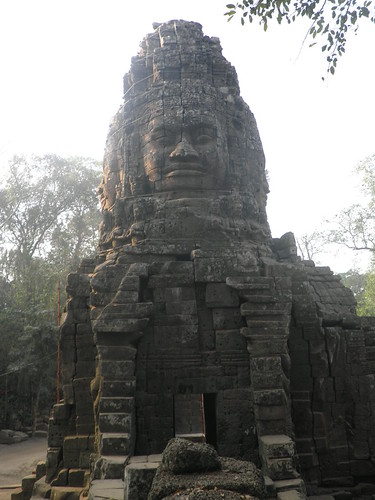
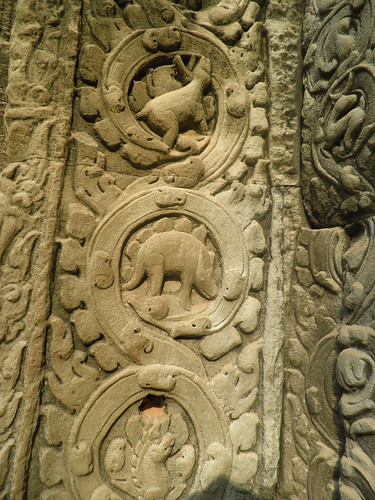
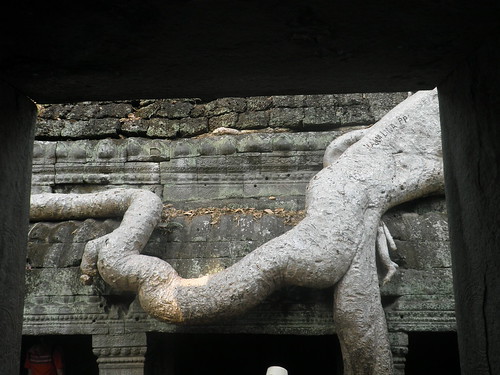
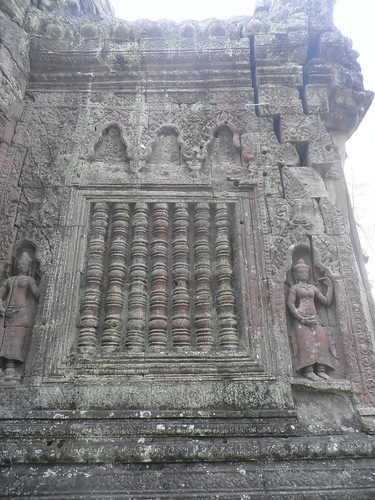
 If your eyes, you can imagine life in the Angkor kingdom within Ta Prohm unfolding before your eyes. The unique and special beauty of Ta Prohm is its decadence, its apparent lack of care, its having been forgotten and left to the elements. The temple was actually selected to be ‘preserved’ and not restored, in order to maintain its original credentials and show how it would have looked when discovered back in the 19th century, so this is in effect intentional to a certain degree. Whether or not it was foreseen, the beauty and mystical ambience of Ta Prohm is enhanced by the interwreathing of nature around these ancient structures. Silk cotton trees and strangler figs have laid claim to the site, the arteries of which weave through the bricks and foundations. In the short term they offer strength to the buildings, but unfortunately they are only temporary support, as once they perish the bricks or stones they support collapse around them. For those film buffs amongst you, this is where Tomb Raider was filmed, due to its outstanding aesthetic. The temple is large and quite tricky to navigate, and you may have your path blocked by intruding goats or cows from the nearby villages. At each of the four cardinal points there are gopuras to enter the temple. Giant carved heads like those found at the Bayon or entrances to Angkor Thom still exist, but most have completely collapsed now, however some very ornate carvings of Dvarapala remain in places. Gopura IV is a very interesting entrance due to its long double pillars and tall bas-reliefs with depictions of Buddha’s life. In order to follow a congruent path through the temple however the east gopura would be the best through which to enter. Nearby are the remains of a ‘house of fire’ or ‘Dharmasala’, a rest house for pilgrims, similar to that of Preah Khan. Once through the east gopura, nearby can be found the Hall of Dancers – a large courtyard used for shows of dancing and decorated with apsara sculptures. In the inner enclosure are some intricate devatas adorning the gallery walls, and within the enclosure are projecting porches which will take you from one side of the compact central sanctuary to the other. There is also a wonderful pediment depicting the ‘Great Departure’, or a depiction of the moment in Buddha’s life when he leaves the city, and other divinities grasp his horse’s feet, presumably to silence the sound of their feet. On gopura three, there is even a carving of a stegosaur, however there is no historical evidence that this was neither a Buddhist nor Hindu symbol.
If your eyes, you can imagine life in the Angkor kingdom within Ta Prohm unfolding before your eyes. The unique and special beauty of Ta Prohm is its decadence, its apparent lack of care, its having been forgotten and left to the elements. The temple was actually selected to be ‘preserved’ and not restored, in order to maintain its original credentials and show how it would have looked when discovered back in the 19th century, so this is in effect intentional to a certain degree. Whether or not it was foreseen, the beauty and mystical ambience of Ta Prohm is enhanced by the interwreathing of nature around these ancient structures. Silk cotton trees and strangler figs have laid claim to the site, the arteries of which weave through the bricks and foundations. In the short term they offer strength to the buildings, but unfortunately they are only temporary support, as once they perish the bricks or stones they support collapse around them. For those film buffs amongst you, this is where Tomb Raider was filmed, due to its outstanding aesthetic. The temple is large and quite tricky to navigate, and you may have your path blocked by intruding goats or cows from the nearby villages. At each of the four cardinal points there are gopuras to enter the temple. Giant carved heads like those found at the Bayon or entrances to Angkor Thom still exist, but most have completely collapsed now, however some very ornate carvings of Dvarapala remain in places. Gopura IV is a very interesting entrance due to its long double pillars and tall bas-reliefs with depictions of Buddha’s life. In order to follow a congruent path through the temple however the east gopura would be the best through which to enter. Nearby are the remains of a ‘house of fire’ or ‘Dharmasala’, a rest house for pilgrims, similar to that of Preah Khan. Once through the east gopura, nearby can be found the Hall of Dancers – a large courtyard used for shows of dancing and decorated with apsara sculptures. In the inner enclosure are some intricate devatas adorning the gallery walls, and within the enclosure are projecting porches which will take you from one side of the compact central sanctuary to the other. There is also a wonderful pediment depicting the ‘Great Departure’, or a depiction of the moment in Buddha’s life when he leaves the city, and other divinities grasp his horse’s feet, presumably to silence the sound of their feet. On gopura three, there is even a carving of a stegosaur, however there is no historical evidence that this was neither a Buddhist nor Hindu symbol. 


